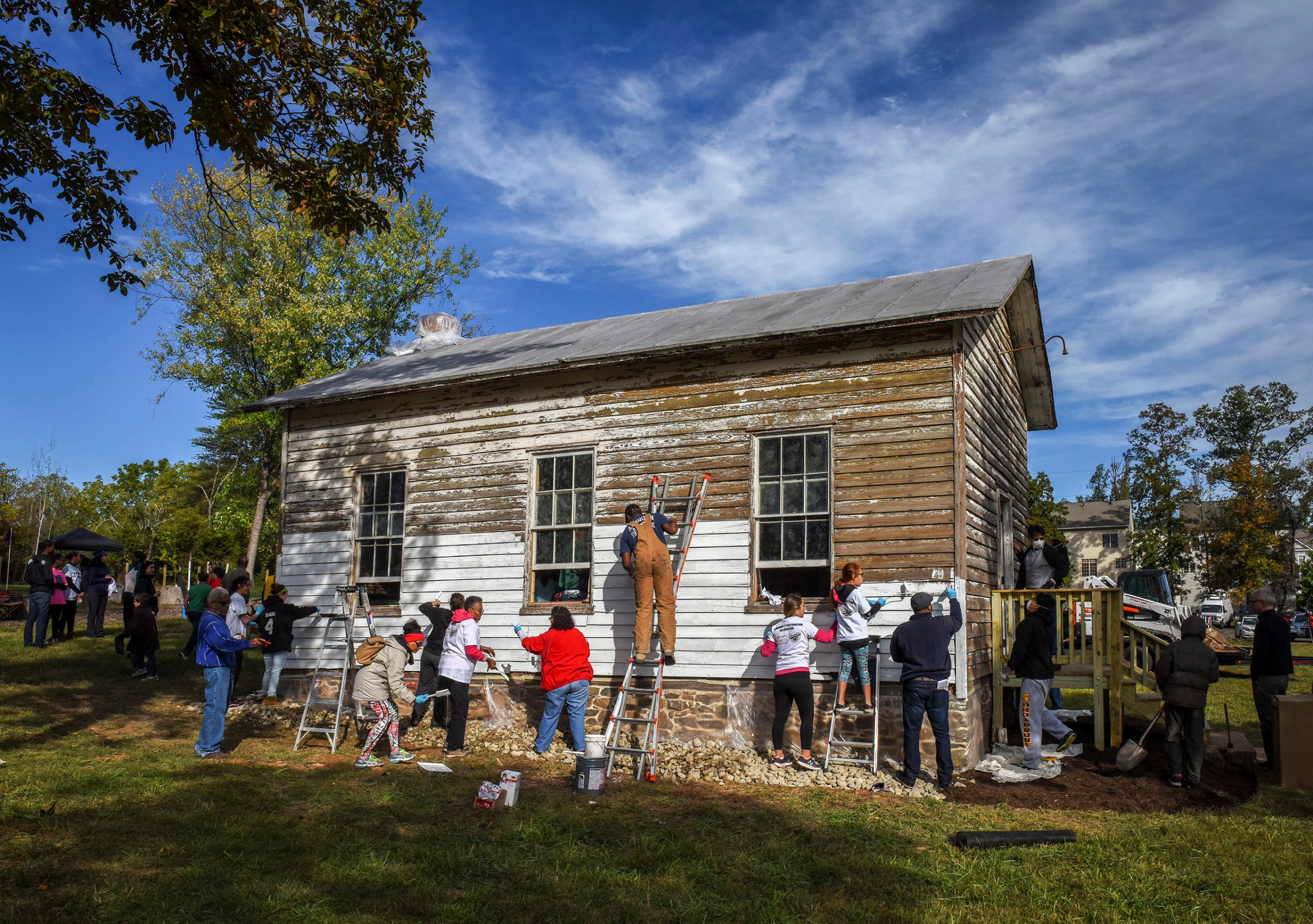
A Virginia judge has issued an unusual sentence for five teenage boys sentenced for vandalism: read and watch diverse films.
Judge Avelina Jacob sentenced the boys to read one book per month for the next year after painting the Ashburn Colored School in September—a school that was established in 1892 to educate local African-American children—with swastikas, obscenities, and the phrase “white power.” According to Alex Rueda—the Deputy Commonwealth’s Attorney who initially crafted the boys’ sentence—the teens thought the schoolhouse was an old shed.
“It was just thoughtless,” Rueda told TIME. “I truly believe that they weren’t thinking about the consequences of its actions, thought it was funny.”
The teens, who are all 16 or 17, can choose from a list of books including Harper Lee’s To Kill a Mockingbird, Alice Walker’s The Color Purple, and Ernest Hemingway’s The Sun Also Rises, according to a copy of the deposition obtained by TIME. If they don’t want to read 12 books, they can read nine and watch three films to make up the difference, including titles like Schindler’s List and 12 Years a Slave.
Either way, the boys will have to write a report on each book and film they choose, with signed proof from their parents that they didn’t just look to Cliff Notes.
But there’s more: The boys also also have to visit the United States Holocaust Museum and the American History Museum, as well as write a research paper “to explain the message that the swastikas and white power messages send to the African American community, as well as the broader community, which includes African Americans, Jews, Muslims and other minority groups,” the deposition reads.
Rueda said the sentence is meant to help the boys understand the impact of their actions.
“They all acted together, so I wanted them to be treated the same,” she said. “If they had just plead guilty, they would have probably just been put on probation and ordered to do community service. This sentence is far more onerous for a non-violent offense.”
Rueda added that the sentence was inspired by her mother, who was a librarian. She explained that when thinking about where she first learned about gender, religion, and race, she realized it was through education—namely, through reading.
“It just occurred to me that the best way for these boys to learn what these symbols have on people is through education,” she said. “It will open their eyes up to the world, because that’s what it did for me.”
In which case, Rueda said the sentence could both teach the boys a lesson and offer a sense of healing for the community.
“I know that this case had taken the community by storm, “she said. “I felt that I wanted to craft a sentence that was not only impactful on the defendants but would be a sense of healing for the community—to show that we had really thought about it.”
More Must-Reads From TIME
- The 100 Most Influential People of 2024
- The Revolution of Yulia Navalnaya
- 6 Compliments That Land Every Time
- What's the Deal With the Bitcoin Halving?
- If You're Dating Right Now , You're Brave: Column
- The AI That Could Heal a Divided Internet
- Fallout Is a Brilliant Model for the Future of Video Game Adaptations
- Want Weekly Recs on What to Watch, Read, and More? Sign Up for Worth Your Time
Contact us at letters@time.com